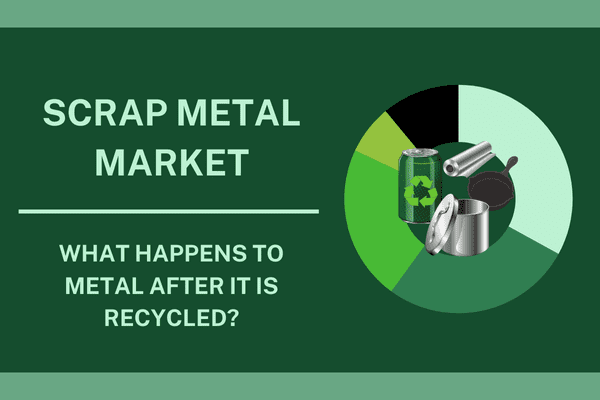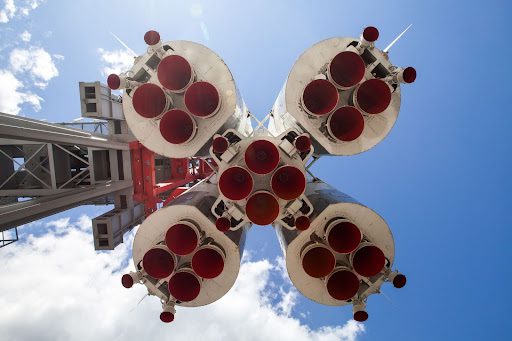
From price changes to the demand of the global market, it’s easy to get lost in the world of salvage metal. You may be asking yourself, “how does the salvage metal market work and what scrap metal trends do I need to look out for this year?”
If you’re new to the hobby of scrap metal recycling or you’re a commercial customer looking for more insight on how the market works, then you’ll be pleased to learn these 5 salvage metal trends that are changing the game in 2021.
In this article, we will give you new lessons in how salvage metal works and show you where you need to go to professionally recycle your scrap.
Let’s dive right in!
1. Salvage Metal Prices are Shaped by Global Markets
Today, the world is more interconnected than ever before. For this very reason, the international market has a HUGE impact on the price of salvage metal.
In particular, key players in the import and export of scrap metal include:
- China
- India
- United States
When big countries like China decide to modify their recycling laws and regulations, it can change the course of the entire salvage metal market around the world.
China Restricts Salvage Metal Imports
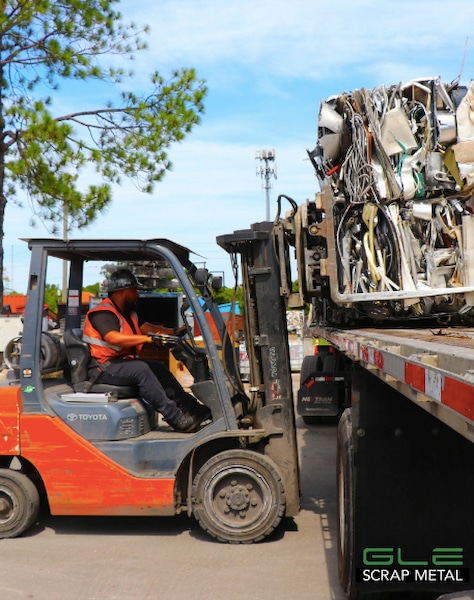
In 2019, China heavily restricted scrap metal imports. According to political leaders, this regulation was put into place because most of the “salvage metal” that came into the country was classified as waste.
However, it looks like the Chinese government’s stance is set to change: rumor has it ferrous scrap metal will now be considered recyclable. This move could potentially raise salvage metal pricing.
International Demand for U.S. Salvage Metal Exports
In addition, there’s been a greater demand from other countries for U.S. scrap metal. This is great news for U.S. scrap metal enthusiasts because it will drive the price of scrap even higher in the country.
Let’s not forget about India – the country’s growing demand for scrap metal means that it won’t have enough domestic supply. That factor will also drive the price of salvage metal up.
2. COVID-19 Increased the Need for Sustainability

Since late-2019, the coronavirus pandemic has affected the world in ways we can’t even begin to imagine. Despite the terrible worldwide impacts of the virus such as the healthcare crisis, lockdowns, school closures, there are some surprising positives that have emerged from this tragic situation.
Green Steel Takes the Lead
One major upside is that recycling has taken on a new importance. Due to lockdowns in manufacturing hubs, imported steel is less available than it was before the virus. This means companies have to turn to green steel, or steel recycled from salvage metal, to meet their needs.
Here’s the best news: green steel is better for the environment because it creates fewer carbon emissions and less pollution.
3. E-Waste Affects Global Salvage Metal Prices
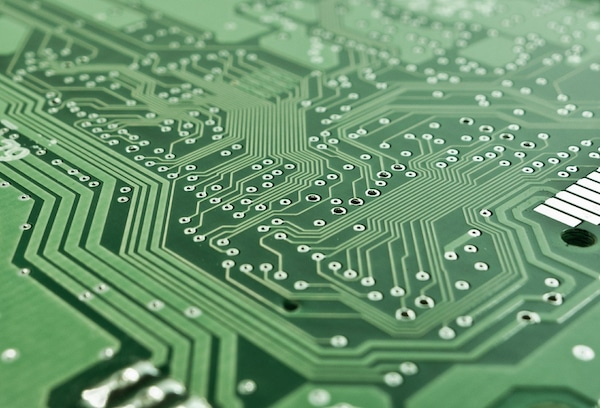
By 2016, the world started generating 44.7 million tons of electronic waste from devices such as computers, servers, smartphones, etc. That’s the equivalent of sending 125,000 jumbo jets to the landfill each year!
So, why are we sending so many electronics to the dump? It’s sad, yet simple: as technology advances, our products’ life cycles grow shorter and shorter. Gone are the days when manufacturers built things to last.
Now, it’s all about planned obsolescence – manufacturers have a steady cycle of new products coming out as the current ones age. In fact, it’s far simpler (and in some cases, actually less expensive) to replace electronics than to fix them or replace parts such as batteries.
So, can we recycle e-waste?
E-Waste is a Mini-Goldmine, Literally
Here’s the good news: precious and rare earth elements can be found in many of the electronics we throw away. Many electronics such as smartphones and laptops contain:
- Steel
- Aluminum
- Copper
- Lanthanum
- Neodymium
- Silver
- Gold
That being said, old electronics can be a valuable source of salvage metal. Now that you understand the value of electronic waste, let’s move onto the effects of oil prices on metal.
4. Oil Prices Contribute to All Metal Prices

Here’s a fact: there has long been a correlation between oil prices and metal prices – both virgin ore (materials sourced directly from their raw form in nature) and salvage metals.
The relationship is deeply linked to the supply chain: the oil industry consumes steel, and the steel industry (salvage metal and virgin ore) relies on oil to transport and process those materials.
In fact, the relationship between oil prices and scrap metal is especially strong. Here’s why: when oil prices are high, it makes manufacturing new metal or transporting salvage metal more expensive.
On the other hand, when oil prices drop, it makes it less expensive to manufacture new metal and to transport scrap metal. That’s why paying attention to oil prices can be a good indication of metal prices.
5. Hobby Scrappers Make Ingots Less and Less Frequently
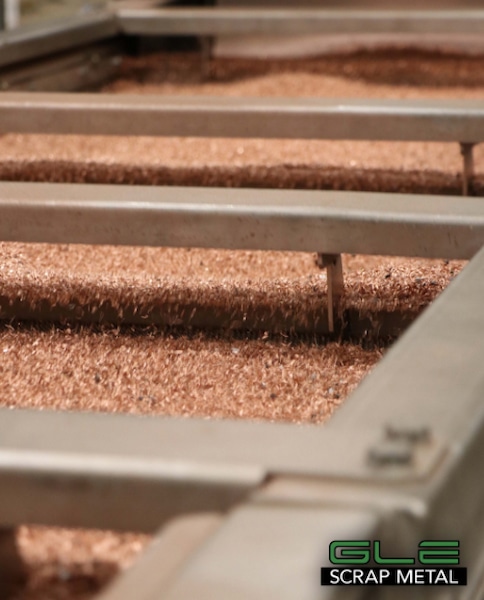
Melting and molding your own scrap metal ingots might sound like a fun DIY project, and judging by the number of YouTube videos devoted to the subject, it seems like thousands of people are doing it.
Yet, it’s not always a good idea, and hobbyists are learning that the hard way. Here’s why: scrap yards rarely accept homemade metal ingots.
3 Reasons Why Scrap Yards Don’t Accept DIY Ingots
First, scrap yards don’t know if your ingots are pure metal. In fact, some smelters might claim they’re 100% pure metal, but there could be tiny rocks or other unwelcome additions in the ingots.
Second, homemade ingots are hard to recycle. It’s hard to find buyers for these ingots, because there’s no way to verify they’re pure metal.
Third, scrap yards don’t typically pay for pure metals. Even if a homemade ingot is actually 100% pure, scrap yards aren’t used to dealing with pure metals. Rather, they’re accustomed to paying for metals that are going to be processed.
As you can see, it’s easier to leave the salvage metal recycling process up to a professional. Keep reading to learn how you can recycle your salvage metal, scrap, and e-waste.
Recycle Your Salvage Metal with GLE Scrap
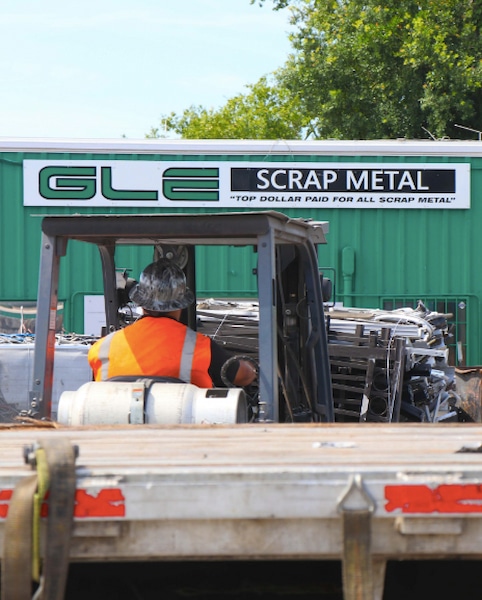
From new international regulations to increasing global demands and even the pandemic, the ever-changing scrap metal market is a little different every day.
What you can do is keep an eye on the trends, plan accordingly, and work with GLE Scrap Metal when you’re ready to turn your scrap metal in.
From ferrous and non-ferrous metals to e-waste, our professional team follows the highest environmental and safety standards to ensure your metal is recycled properly. Contact us to learn how to sell your salvage metal to us.

